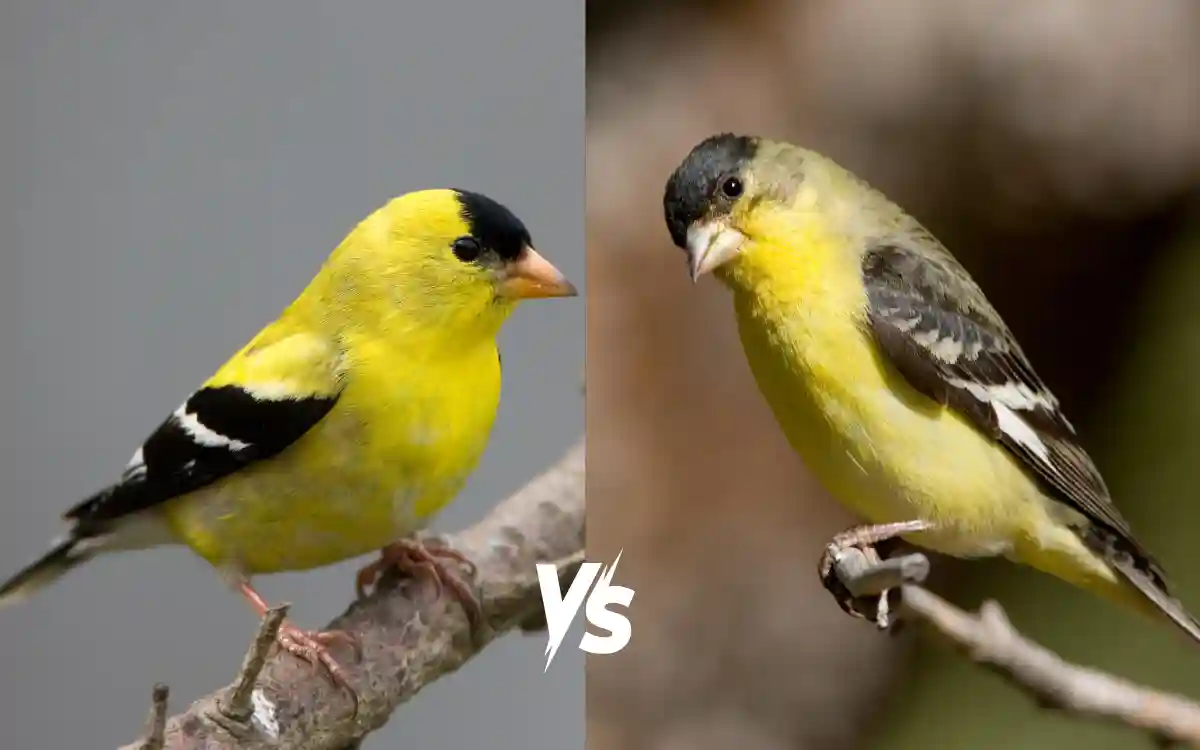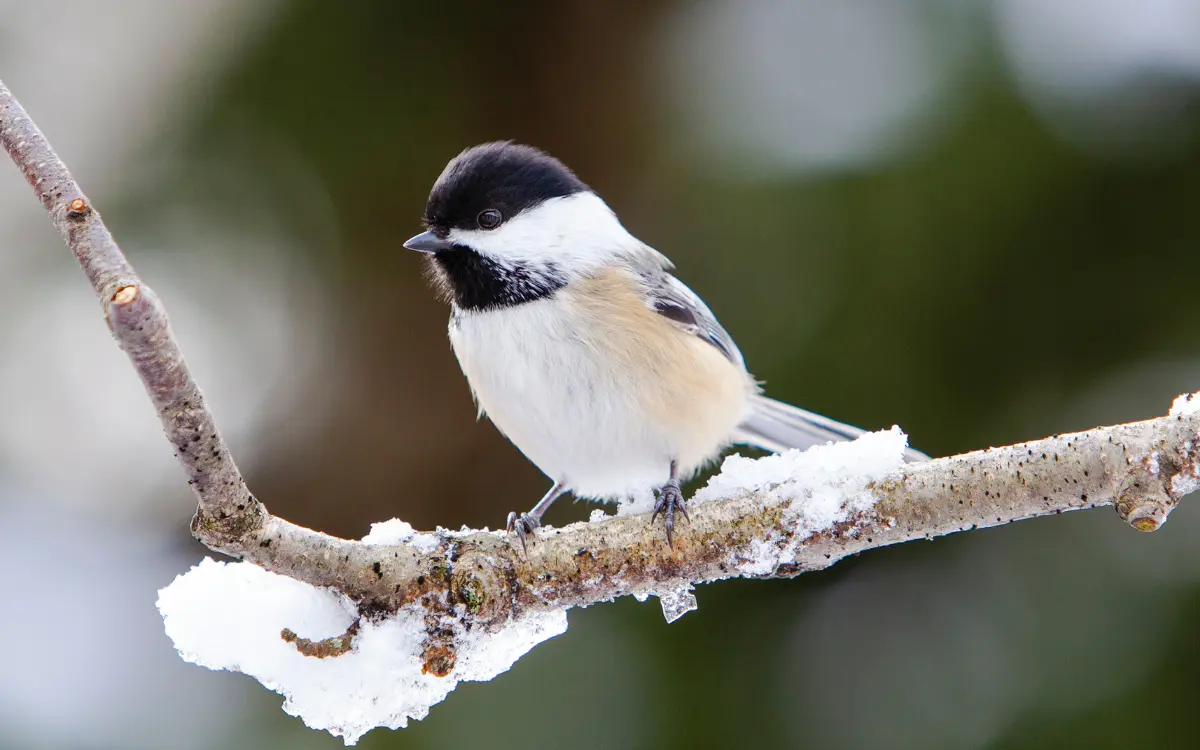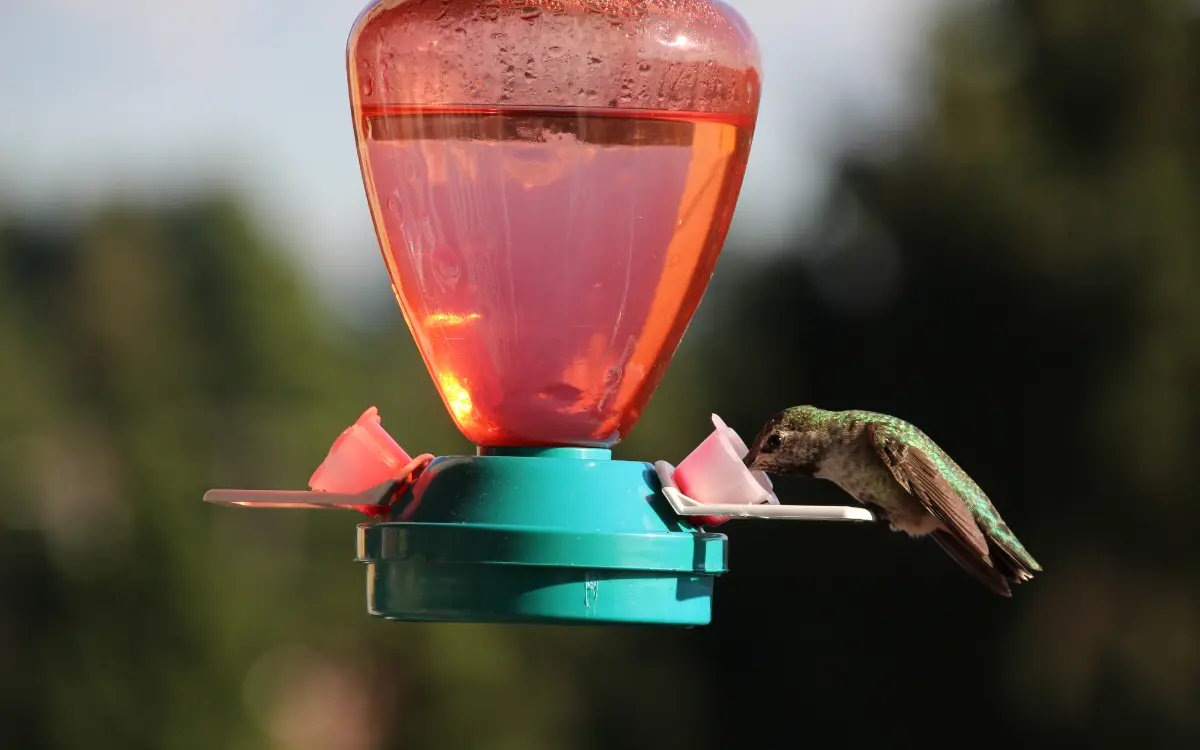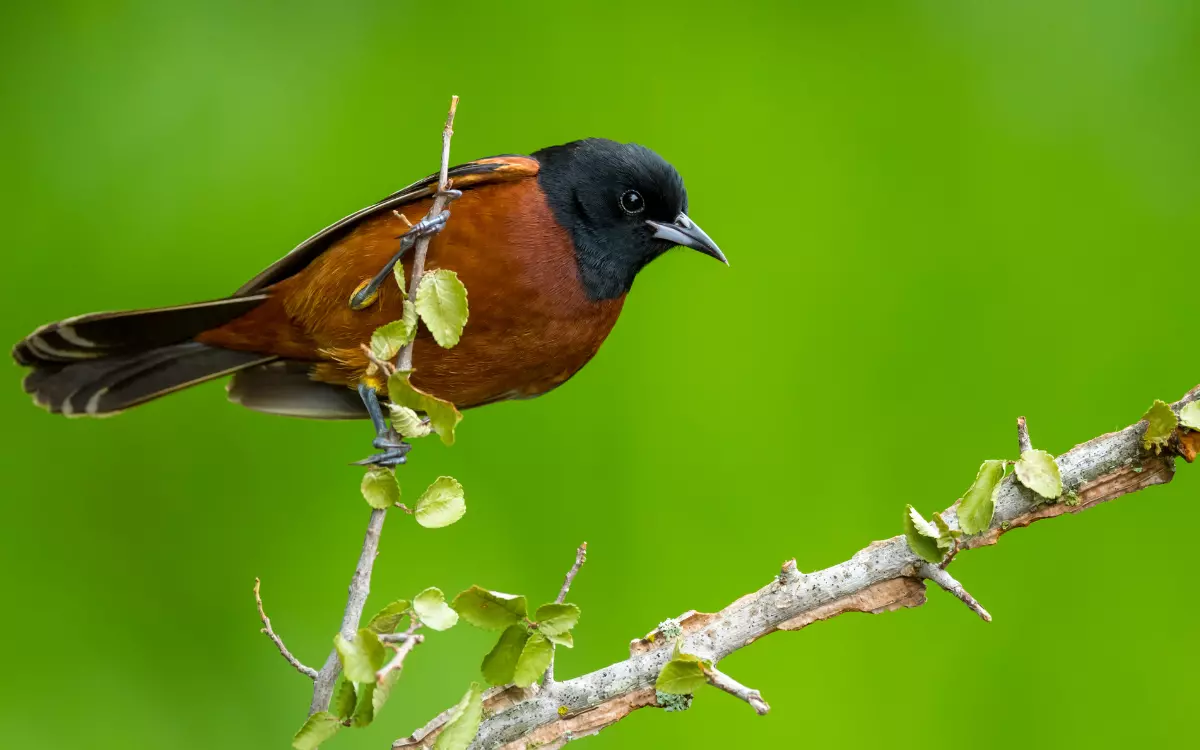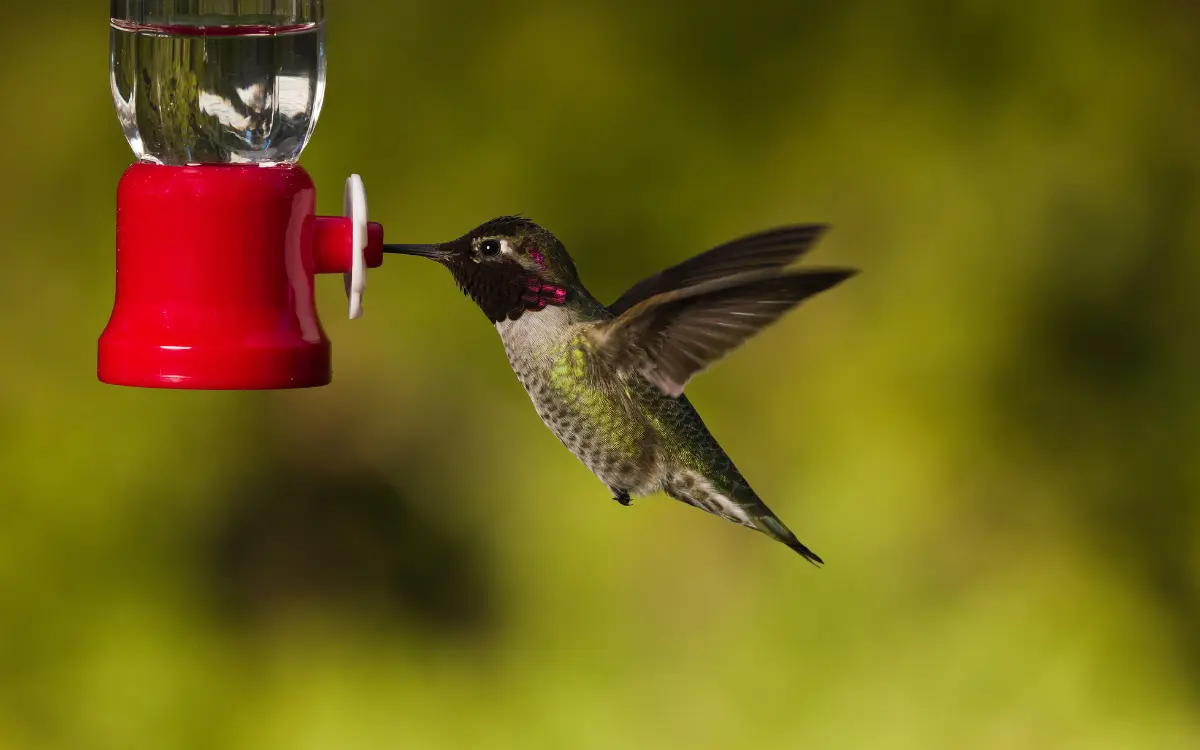Do Birds Pee and Poop From the Same Hole?
Birds don’t exactly follow the rules of the mammal world when it comes to bathroom habits. If you’ve ever watched a bird do its business, you may have wondered do birds pee and poop from the same hole? And the answer is yes, they do. It’s all thanks to a specialized body part called the cloaca.
Let’s unravel this strange but efficient part of bird anatomy and discover how it helps birds stay light, fly efficiently, and still take care of all their bodily functions from reproduction to waste removal.
Do Birds Pee?
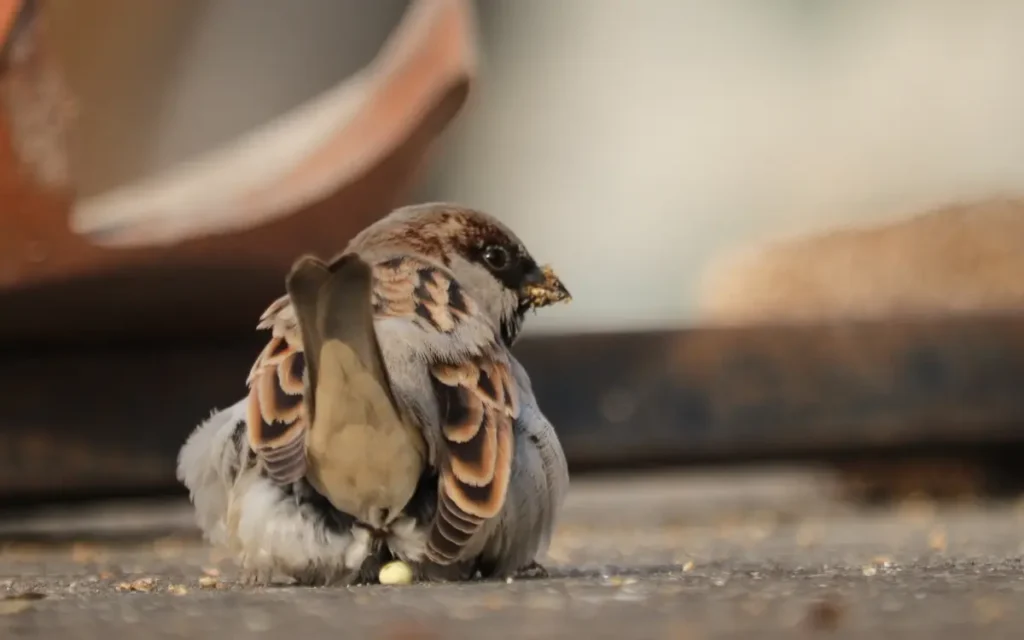
Birds don’t pee the way we usually think of it. They don’t produce yellow liquid urine like humans or dogs. Instead, birds get rid of nitrogen waste in the form of a white paste called uric acid. That’s the white splatter you often see on cars, statues, or patio furniture.
Their bodies convert waste into uric acid instead of urea (which mammals excrete in liquid form), and it exits their bodies with the solid waste. That means what we call “bird poop” is a combination of two things: uric acid (white) and feces (usually darker).
Why Don’t Birds Have Bladders?
One reason birds don’t produce liquid urine is because they don’t have bladders. A bladder would store fluid, and fluid means extra weight—something a flying animal wants to avoid. By skipping the whole liquid urine process and getting rid of waste in a solid form, birds save on weight and water.
This adaptation is especially helpful for birds that migrate long distances or need to stay airborne for extended periods.
What Is the Cloaca?
Birds have a single multipurpose opening called a cloaca. It serves as the exit point for digestive waste, urinary waste, and even reproductive materials. That means pee, poop, sperm, and eggs all come out of the same opening.
The word “cloaca” comes from Latin, meaning “sewer,” which perfectly describes its all-in-one function. Inside, though, the bird’s body separates these systems until the final moment of exit. The cloaca only briefly mixes contents as they leave the body.
How Often Do Birds Poop?
Birds have extremely fast digestive systems, and they poop frequently. Small birds may relieve themselves every 10 to 15 minutes, while larger species go less often. You’ll often see birds defecate just before taking flight or while flying—it’s another way to stay lightweight and agile.
In fact, birds have evolved to release waste quickly and often, which also helps them avoid predators and discomfort.
Why Is Bird Poop White?
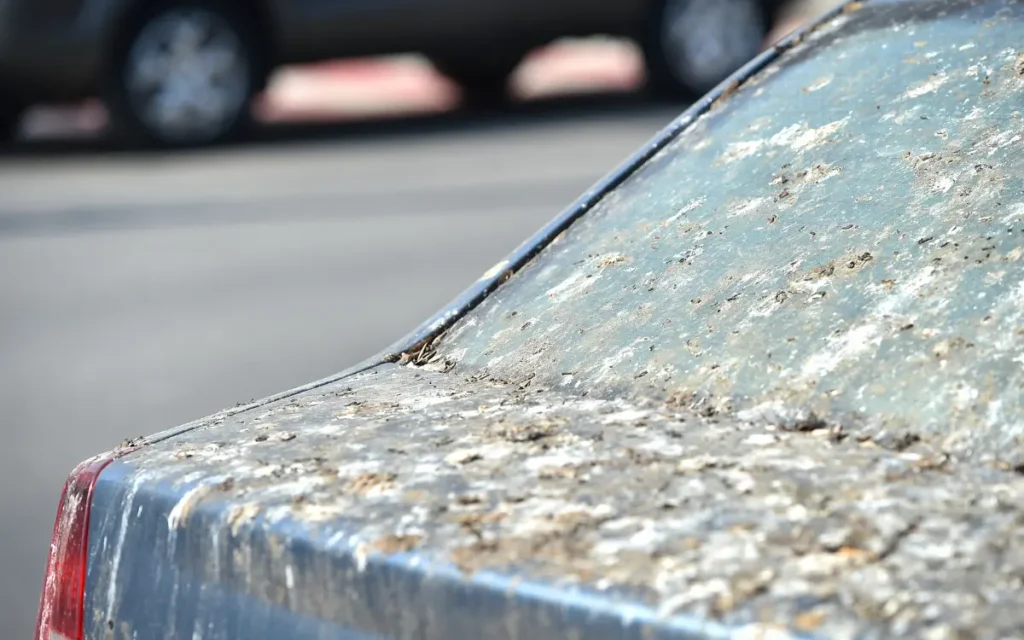
That signature white splatter is a tell-tale sign that a bird’s been nearby. The white part is not poop—it’s uric acid, the bird’s version of urine. It’s thick, chalky, and pasty because it doesn’t dissolve well in water.
The darker part in the center of the splatter is the actual feces. Together, they form that classic two-tone poop blob you’ve probably seen on sidewalks and cars.
The white uric acid doesn’t just look different—it also behaves differently. It’s more acidic and can corrode paint or metal surfaces over time, which is why bird droppings can damage cars and outdoor furniture.
Do Birds Poop While Flying?
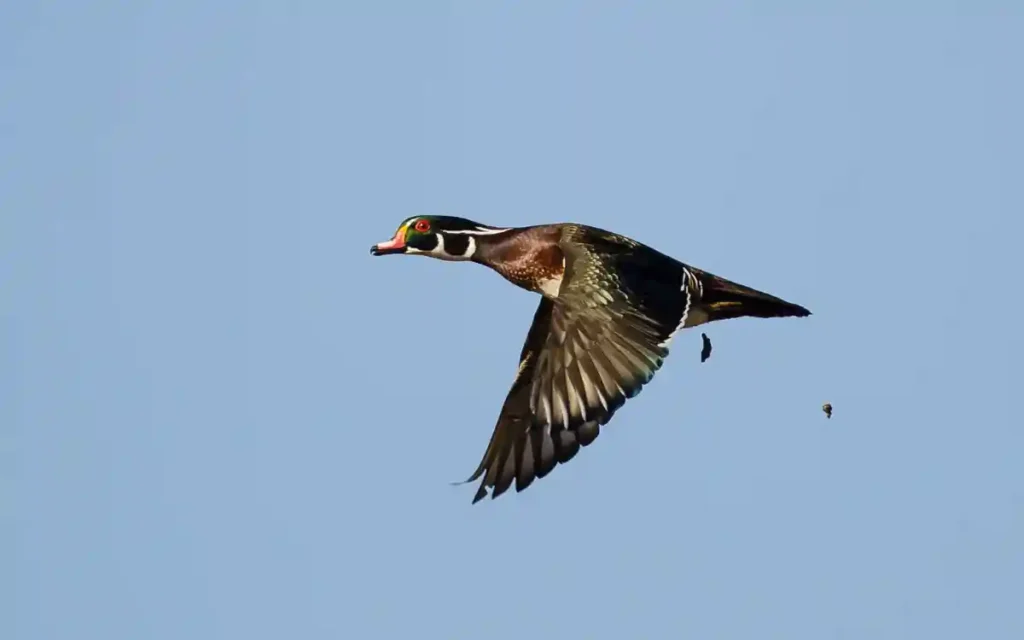
Yes, and quite often. Birds don’t hold it in until they land. Since they poop frequently, it’s totally normal for them to relieve themselves mid-flight. That’s why windshields and awnings are often victims of surprise droppings.
Pooping during flight helps birds shed unnecessary weight quickly. It also reduces the chances of being tracked by predators through scent, a clever evolutionary move.
Do Birds Lay Eggs and Poop From the Same Hole?
It may sound surprising, but yes—birds lay eggs and poop from the same opening. However, their bodies are built to manage this neatly.
During egg-laying, a bird’s body temporarily shuts down the waste-excreting function of the cloaca to avoid soiling the egg. Internal valves and timing help separate the two processes, so the egg comes out clean and safe.
Even though it’s one exit point, the cloaca handles multiple tasks with a kind of biological traffic control system.
How Do Bird Bodies Compare to Mammals?
Birds and mammals may share some traits, but their excretory systems are completely different. Mammals have separate openings for urine and feces and typically store liquid waste in a bladder. Birds skip the bladder and go straight to solid uric acid, using the cloaca to expel everything.
This difference is one of the key reasons birds can fly more efficiently—they carry less water weight and eliminate waste faster.
Interesting Facts About Bird Waste
Some birds have turned waste into a defensive strategy. Vultures, for instance, will urinate on their legs to cool themselves in hot weather—a process called urohidrosis. Other species, like penguins, have such forceful bowel movements that they can spray poop several feet away from the nest, keeping things sanitary.
Parent birds often remove droppings from their nest to keep chicks clean. Some even eat the chicks’ fecal sacs to dispose of them quickly and avoid attracting predators with waste scent.
FAQs
Do birds actually pee?
Not in liquid form. Birds excrete nitrogen waste as uric acid, which looks like white paste and comes out with their poop.
Why is bird poop white?
The white part is uric acid—bird urine in solid form. It’s not actually feces, though it’s often mixed with it.
What is a cloaca?
The cloaca is a single exit hole in birds used for peeing, pooping, mating, and egg-laying.
Do birds poop and lay eggs from the same place?
Yes. Both come from the cloaca, but internal anatomy keeps them cleanly separated.
Can bird poop damage cars?
Yes. The uric acid in bird droppings is highly acidic and can corrode paint if left uncleaned.
Final Thoughts
Birds may not follow the same bathroom rules as humans, but their systems are just as smart—if not smarter. With one clever opening called the cloaca, they manage to pee, poop, reproduce, and lay eggs while staying light enough to fly.
Nature has a way of simplifying things. And when it comes to birds, their all-in-one solution is the ultimate lesson in biological efficiency.

